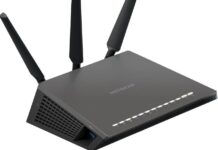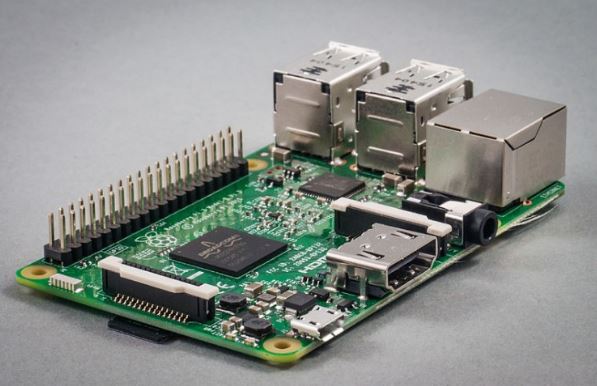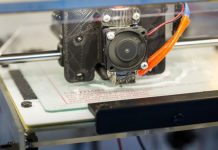Raspberry Pi controllers are a series of microprocessor-based single-board computers (SBC) working along with the small output signal relays capable to switch the current in a circuit. This controller is capable of input and output important for actuators work data without other controllers like Arduino boards.
However, the General-Purpose Input/Output (GPIO) pins of a Raspberry Pi controller support only a digital type of signal to input and output the data. For a customer’s convenience, as relays are controlled through a digital output, consequently they can be connected to a Raspberry Pi controller directly without any mediators.
First, Raspberry Pi was used for industrial automation by the Polish automation manufacturer Techbase in 2014. Then the company created its ModBerry industrial computer, which then had RS-485 and RS-232 serial ports, a number of interfaces, digital and analog inputs, and outputs. Its design is suitable to use in heavy industrial environments, thus it became popular for programming electric linear actuators and the microcontrollers working along with them.
How Raspberry Pi can be easily used along with the Arduino electric linear actuator microcontrollers? Using an ordinary computer it is possible to download the latest version of the Raspbian – Raspberry Pi software.
Then you need to unzip it upload it and install it onto the micro SD card with the win32 disk image software. Afterward, the micro SD card must be inserted into the PI microcircuit connected to a keyboard and mouse through USB as well as to a screen with an HDMI cable. The system can be powered with a five-fold phone charger.
As soon as it was done the Raspberry Pi will configure the operating system. In a few minutes, the screen connected will greet you with the usual desktop. Then starts the programming part. For programming, the two most common languages for Raspberry Pi are Python and C. Nevertheless, the C language is more frequently used for Raspberry Pi. With few pieces of C code, the Raspberry Pi ground will be configured to perform the same work as the Arduino microcontroller can do.
However, Arduino is the way to go for more straightforward electronics projects. But when it comes to more data excessive projects with numerous variables and data calculation the Raspberry Pi is the single-board computer perfectly suitable.
Currently, there are several Raspberry Pi models. The latest released is the Raspberry Pi 3 Model B+. According to engineers who tried all of them, it is faster and easier to use compared to previous models. Whereas Raspberry Pi Zero and Zero W are much smaller and require less power supply.
This makes them much more convenient for implementation in robotics. However, when working with prototypes – better starting the project with Raspberry Pi 3 but finish with Pi Zero when the prototype is ready.
Raspberry Pi controllers have a micro USB port to connect one to a power socket. It requires a power supply with at least 2.5 amps. It is always better to use the Raspberry Pi family power supplies.
Also, as the extremely important element of the whole technology stands the SD card responsible for storing data and the Raspbian operating system. The amount of free space required is at least 8 GB. Raspberry Pi requires a screen and a cable linking it with the Pi. Its HDMI ports are compatible with most modern TVs and PC. Although such luck can rarely be spoiled. If you have a DVI port it is easily can be connected to a Pi with the HDMI-to-DVI cable. Yes, they exist!
As a computer, Raspberry Pi may be useful for engineers for a number of purposes. It is one of the cheapest computers capable to process a lot of information and at the same time remaining fully portable. It is also suitable to be used as an IOT device and hence, suitable for programming microcontrollers operating electric linear actuators of such leaders of engineering as Progressive Automation.
See also: Ed-Tech’s Dependability on AI: The Future Views
As well as Arduino-based microprocessors, Raspberry Pi microprocessors are running Linux. And they can be programmed in C++, Java, Python and a number of others. However, Arduino is much easier to set up and to operate compared to Raspberry Pi, since the second one is more demanding and requires many initial settings before proceeding to the development stage, which means installing the operating System in micro SD.
In addition. Raspberry Pi requires the implementation of extra peripherals like a mouse, keyboard, and screen. Also remote operating is much more complicated when it comes to Raspberry Pi. You would need to do it through a local IP (LAN/WIFI) As in Arduino all you need is a USB port and a laptop or personal computer. Nevertheless Raspberry Pi will come in handy to make microcontrollers able to perform parallel processing without any noticeable lags. And just a kind reminder that Raspberry Pi is the number third best-selling computer brand in the world appreciated by thousands of engineers.





































